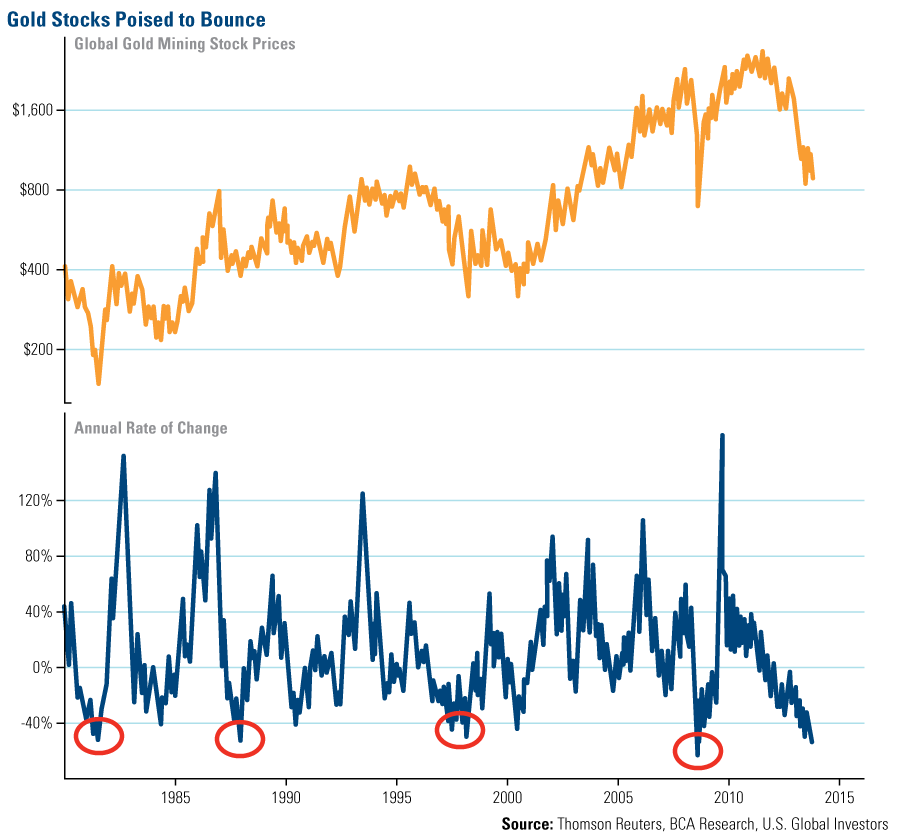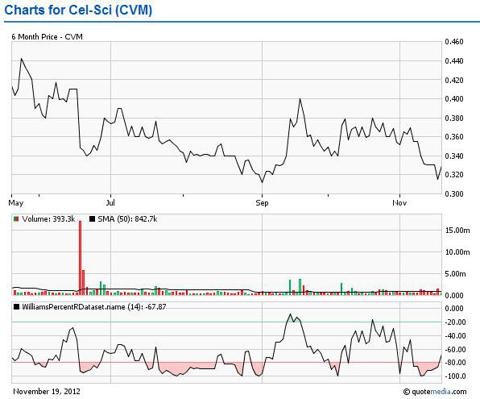Three Cheap Stocks Poised To Bounce Back
Post on: 16 Апрель, 2015 No Comment

Follow Comments Following Comments Unfollow Comments
Averaging down is among the worst strategies ever developed for the stock market. Just because you bought a stock at a higher price is no reason to buy it again. That does not mean it is always a mistake to buy beaten-down stocks, as there is no doubt that investor pessimism is sometimes overdone. Still, you should focus on a stock’s upside potential from current levels—not its previous price.
When looking for rebound candidates, I consider valuations and potential target prices. I screened for buy-rated stocks trading at least 10% below 52-week highs, restricting my search to the best all-around stocks ranked by our proprietary Quadrix system that are also cheap. In addition, the stocks needed to have upside potential based on at least four of five implied target prices, calculated as follows:
- The stock’s trailing P/E ratio reverts to its five-year norm.
- The company exactly meets the consensus current-year profit estimate, and its P/E moves to the median for its sector.
- Same as above, except using the next-year profit estimate.
- The company exactly meets its current-year profit estimate, and its P/E moves to the median for its industry.
- Same as above, except using the next-year profit estimate.

Finally, as check against overly optimistic profit estimates, I insisted on upside potential assuming that current-year profits match the lowest Wall Street estimate and the forward P/E reverts to the five-year norm.
Arris Group (ARRS) scores above 90 for both Momentum and Value, a combination shared by just eight S&P 1500 stocks. Sales have risen by more than 20% in 10 straight quarters, reflecting organic growth and acquisitions. At less than 0.8 times trailing sales, the stock’s price/sales ratio has not been this low since March 2009.
Arris also looks unusually cheap versus peers. Its price/sales ratio is 63% below the average of S&P 1500 communication-equipment stocks, its biggest discount since March 2008. Shares trade at 11 times trailing earnings—below the five-year average of 28. The stock would climb to $70 if the trailing P/E ratio returns to its five- year norm. That seems unlikely anytime soon. But the stock—with an average implied price of $47—seems poised for a rebound.
Arris sells set-top boxes, network ing gear and software to cable-television and broadband providers. Consolidation in the cable industry has created some uncertainty, though analyst forecasts seem achievable. For the December quarter, the consensus expects Arris to report earnings of $0.61 per share, up 13%, on revenue growth of 5%. For 2015, the consensus anticipates 9% profit growth.
Concerns over Greenbrier’s (GBX) exposure to the drilling industry caused shares to drop as low as $43 in mid-December, down from their September all-time high of $78. Wall Street’s worries are understandable but appear exaggerated, especially considering the company’s encouraging November-quarter results and bullish guidance for fiscal 2015 ending August.
Quarterly revenue advanced just 1%, attributed to a less-favorable product mix and the transition to a new manufacturing facility. But the new facility also improved profitability, helping earnings per share more than double to $1.01, comfortably ahead of the consensus of $0.74. Management raised its fiscal 2015 guidance, with per-share earnings now projected to surge 69% to 79%. Full-year revenue is expected to advance 18% to $2.6 billion.
Greenbrier’s railcar order backlog exceeds $4 billion, more than three times year-ago levels. Tank cars represent about 25% of the backlog, compared to nearly 50% a year ago. Greenbrier has delivered 4,000 of its anticipated 21,000 railcars for fiscal 2015. Management notes that most of the remaining 17,000 deliveries are already in the backlog, so any new orders could help the company exceed its target.














